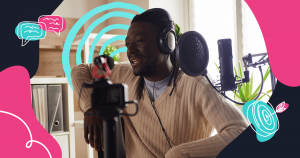First episode is here.
Second episode is here.
Third episode is here.
It’s time to present a framework to simplify the creation of your company’s strategic narrative.
Of course, you can use one of the models previously presented. I found it effective to combine and integrate the most significant elements from the models we have seen so far.
Principles and elements come from the hero’s journey model, from Miller’s model (Storynomics), and have been strongly influenced by Andy Raskin’s work.
The framework includes three stages that need to be completed in order to build the full narrative.
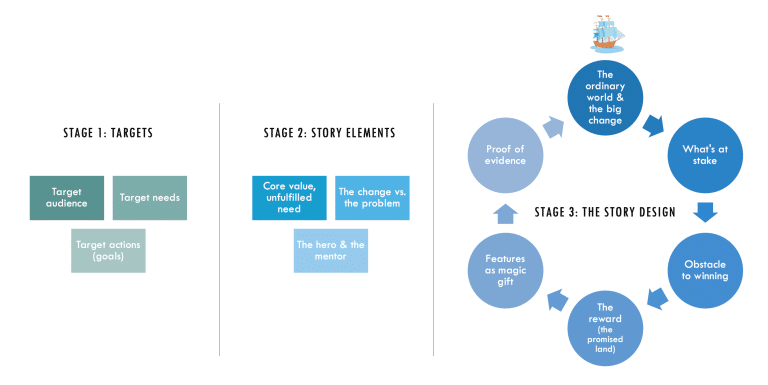
Stage 1: Targets
The definition of your narrative’s targets represents the first stage of our framework. What you will need to define:
Target Audience
It’s your audience. While it would be ideal to have one narrative for each audience, you can still address multiple audiences, as we will see in the next episode.
Target Needs
It’s the buyer’s problem and pain. It’s a hidden problem that cries out for a solution.
Target Actions (goals)
It’s the end result. The action we want the audience to take. If you’re telling a story to a B2B audience, you might want the buyer to contact you, request a demo, attend a further meeting, or sign a contract.
If you tell a story to a B2C audience, you might want the buyer to pick up an over-the-counter item or buy from your online shop.
Stage 2: Story Elements
Preparing the story’s subject requires taking three major steps:
- Discover the core values
- Finalize the hero and the mentor
- Define the change vs. the problem
Discover The Core Values
The core values are tied to the target audience’s needs, highlighted in Stage 1.
The story must align with the core values of the brand. The settings for the story could be unrelated to the product being sold, so long as the core value aligns with the brand promise.
For example, Redbull’s value is to energize sports lovers (which is Redbull’s brand promise); stories of extreme sports share the same value of the brand.
The Change vs. The Problem
You shouldn’t start your narrative with “the problem.” When you assert that your prospects have a problem, you generally risk putting them on the defensive.
Also, your audience may be unaware of the problem or uncomfortable admitting they suffer from it.
Go with a change instead. When you highlight a change, you get prospects to open up about how that change affects them, how it scares them, and where they see opportunities. Most importantly, you catch their attention.
The Hero And The Mentor
Your company is not the protagonist of the story. The customer is. The hero is the prospective customer.
Therefore, never kicking off any kind of narrative, including a sales email or presentation, by talking about your brand, your product, your headquarters locations, investors, clients, or anything about yourself.
You are the mentor, and your mission will be to guide the hero to the final reward.
Stage 3: The Story Design
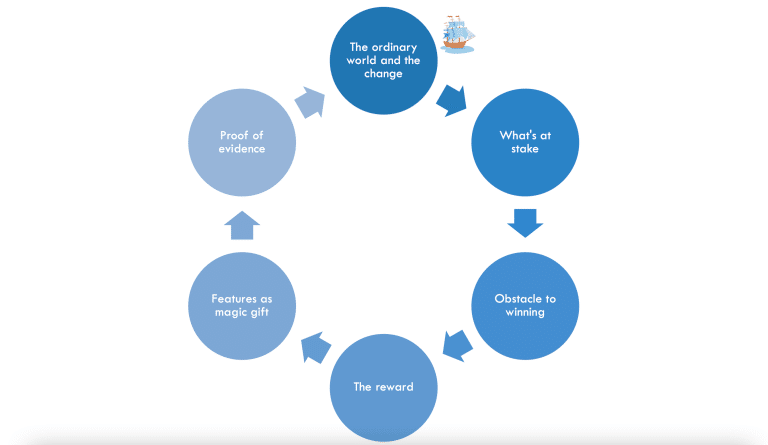
The story design is a simplified summary of the different frameworks presented in the previous episode, even if this model got particularly inspired by the work of Andy Raskin.
I consider the following media to deliver the story:
- A sales or strategy deck
- An interactive experience
- An email/post on LinkedIn
- Your web pages
First Step Of The Journey: The Ordinary World And The Change
As we’ve seen, never kick off a strategy or sales story by talking about your product, headquarters locations, investors, clients, or anything about your brand.
Instead, name a change in the world that creates both big stakes and urgency for your prospect (we have seen how change is a crucial key storytelling element).
Andy Raskin uses to call this phase the “Old Game vs. New Game“. Winners are already playing the new game. To drive buyer urgency, you must show that winners are already playing it.
Often that means citing winners with more resources than your target buyers or pointing to winners in other domains.
Helping customers win the new game is why your company and its products exist.
A category narrative is worthless unless it’s the driving force behind your company, its culture, and its products.
In particular, when you talk about product, talk about it solely in the context of how it helps people win the new game.
Examples:
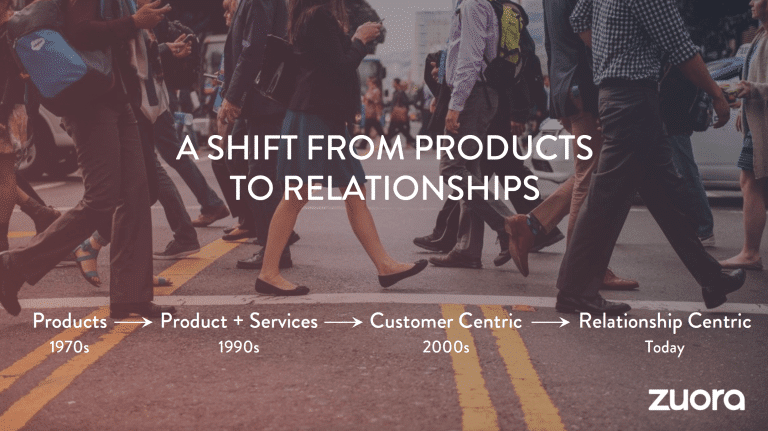
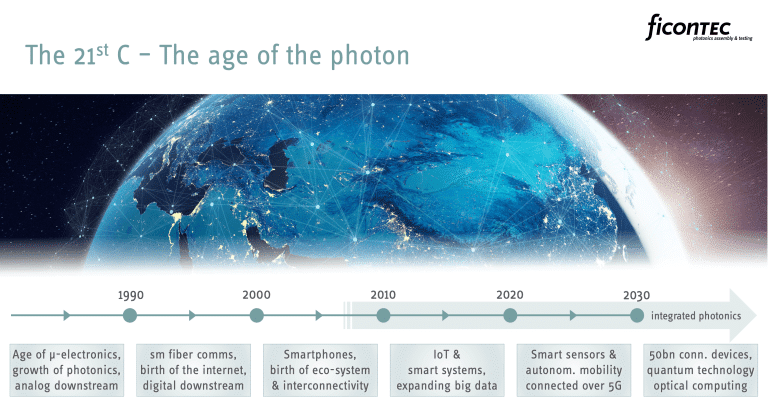
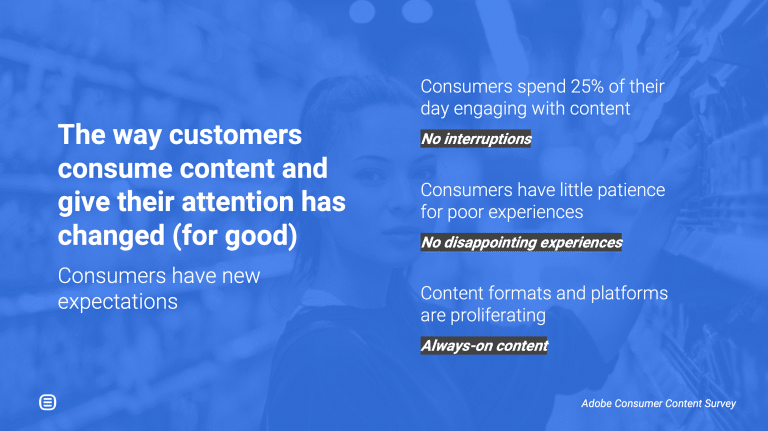
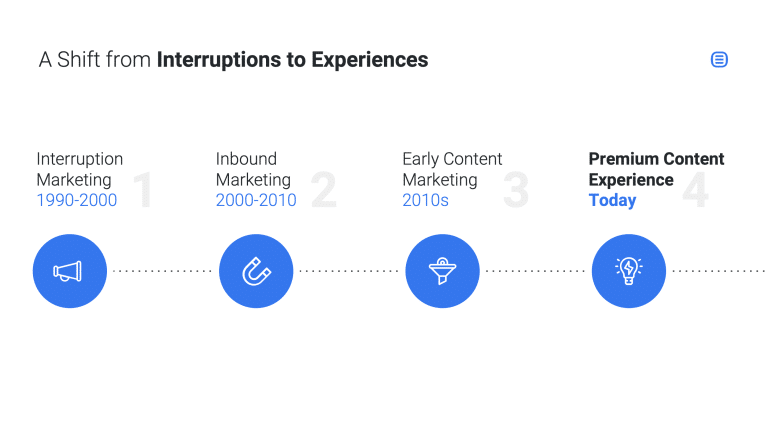
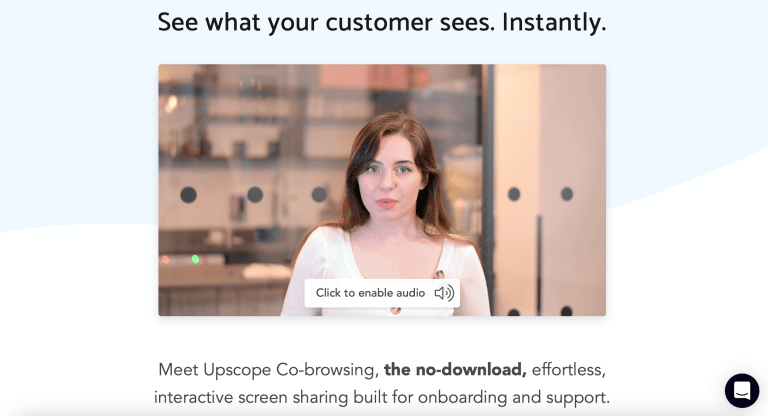
Second Step Of The Journey: What’s At Stake
Potential buyers tend to avoid a possible loss by sticking to the status-quo.
You must demonstrate why adapting to the change will likely result in a highly positive future for them. Not doing so will likely result in an unacceptably negative future.
It’s time to show what’s at stake, and examples of winners — not necessarily your clients; these are companies who have mastered the change in different domains.
To drive buyer urgency, you must show that winners are already playing it. Often that means citing winners with more resources than your target buyers or pointing to winners in other domains.
Examples:

Third And Fourth Step Of The Journey: Obstacles And The Reward
But the road is, by definition, littered with obstacles. The Reward should be both desirable and difficult for the prospect to achieve without outside help.
This is what Andy Raskin calls the “Promised Land”: it’s a new future state, not a product or service.
It is not having your brand’s technology and solutions or benefitting from your services, but what new scenario will unveil by including your technology and services.
Examples:
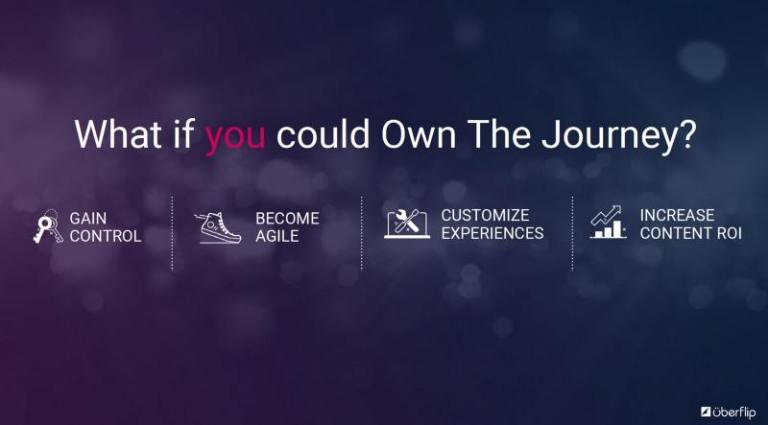
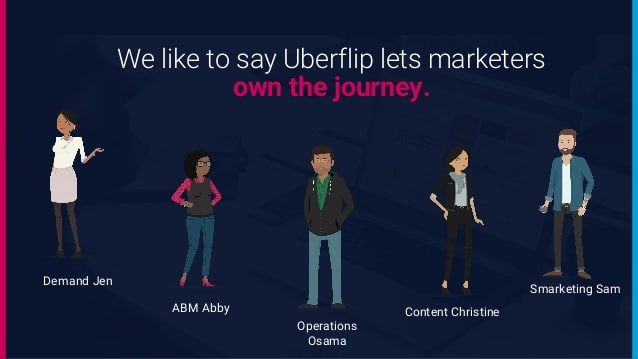

Fifth Step Of The Journey: The ‘Magic Gift’
Time to introduce your brand, technology, products, and services.
When your brand’s offering is presented, you should do so by positioning your capabilities like a “magic gift” — as suggested by Andy Raskin — for helping the prospect reach that much-desired reward.
Helping customers win the change is why your company and its products exist.
Examples:
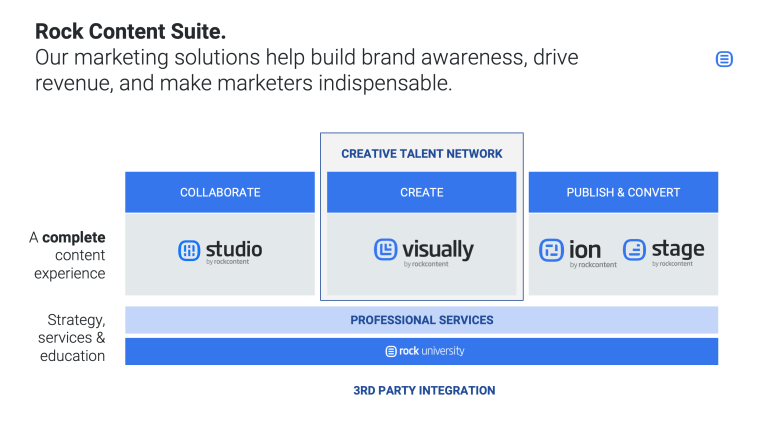
Last step of the journey. Proof of evidence
Your audience will be skeptical that you can deliver. Time to present evidence we can make this story come true (Customer Testimonials).
Examples:
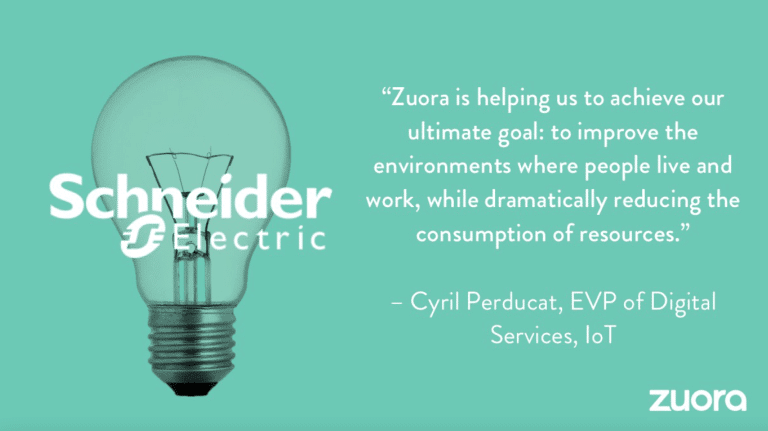
The final episode will focus on how to apply the narrative to emails, social media posts, and any other piece of content.
Ready to upgrade your storytelling and create engaging content? Start your WriterAccess free trial right now to get in touch with professional writers and content strategists!




